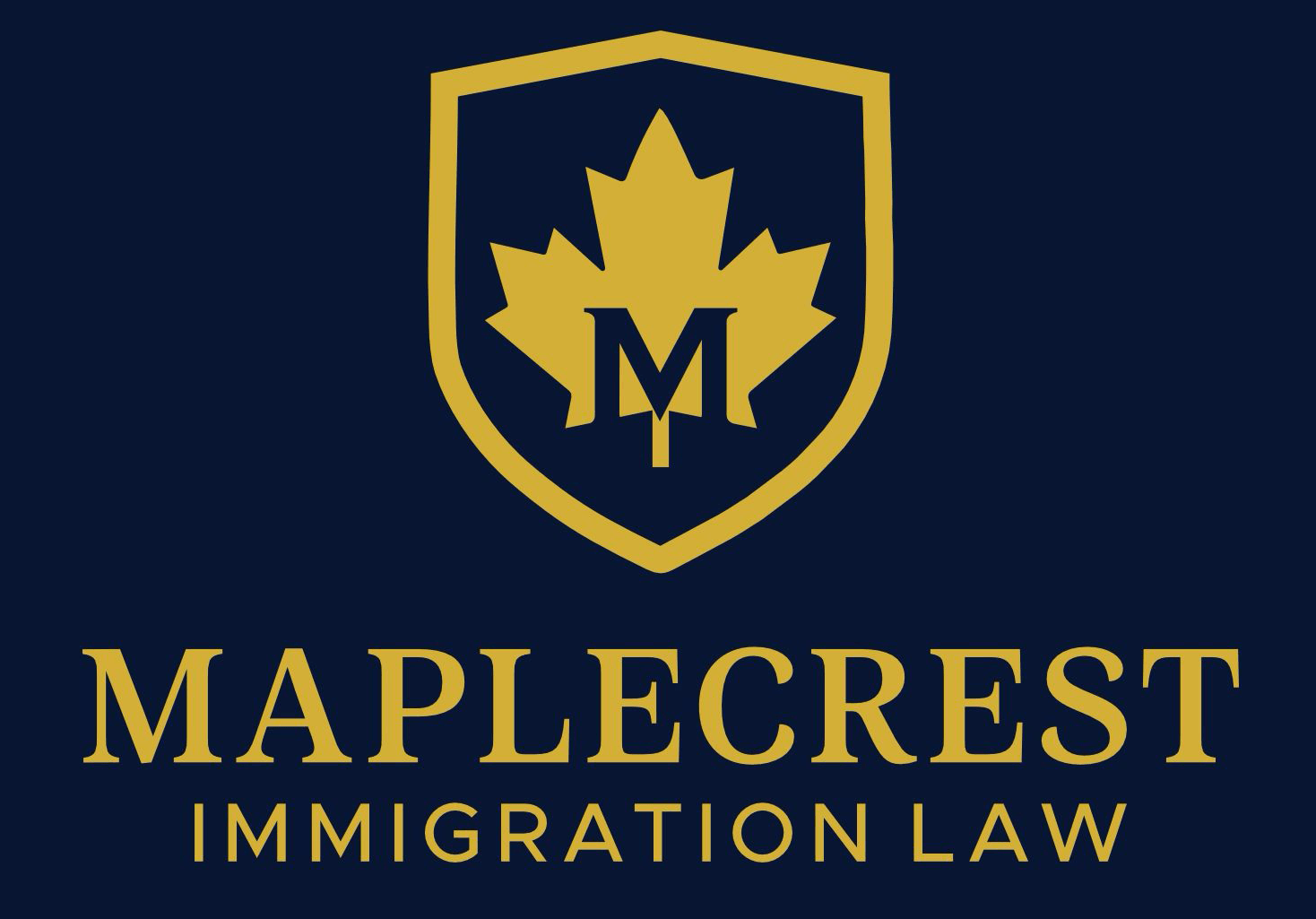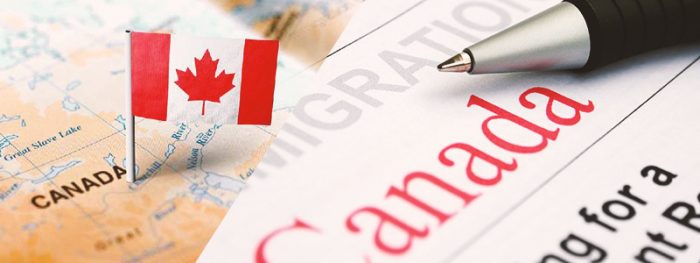Immigrating to Canada in 2025 has seen several important updates. The Government of Canada is reshaping its immigration system to align with labor market needs, regional demands, and long-term population goals.
These changes affect applicants across all major streams, including Express Entry, Provincial Nominee Programs (PNPs), family sponsorship, and student-to-permanent resident pathways.
This article breaks down the new rules for immigrating to Canada, using clear and simple language.
Key Highlights of the New Rules for Immigrating to Canada
In 2025, Canada’s immigration system focuses on:
-
Category-based Express Entry draws
-
Targeted Provincial Nominee selections
-
Higher proof of funds thresholds
-
Stricter post-graduate work permit (PGWP) rules
-
Caps on international students and study permits
-
Enhanced language and work experience expectations
These new rules are meant to balance economic growth, regional development, and housing capacity. Let’s explore each of these in detail.
Express Entry: Targeted Invitations Under New Categories
Canada’s Express Entry system remains the main pathway for skilled immigrants. However, since mid-2023, Immigration, Refugees and Citizenship Canada (IRCC) introduced category-based draws. These allow Canada to prioritize candidates who have specific work experience or language skills.
Current Priority Categories in 2025:
-
Healthcare
-
STEM (Science, Tech, Engineering, Math)
-
Skilled Trades
-
Transport
-
Agriculture and Agri-food
-
French-language proficiency
If you’re immigrating to Canada through Express Entry, it’s no longer just about CRS score. You must now match one of the in-demand categories to improve your selection chances.
Proof of Funds Requirements Have Increased
If you are immigrating to Canada through a program like the Federal Skilled Worker (FSW) or Federal Skilled Trades (FST) stream, you must prove that you can financially support yourself and your family once you arrive.
This requirement is called Proof of Funds, and it’s a critical part of the eligibility assessment by Immigration, Refugees and Citizenship Canada (IRCC).
In 2025, the Government of Canada increased the minimum required settlement funds. This adjustment is made annually to reflect inflation and rising living costs in Canada.
Here is the updated proof of funds table for 2025:
| Number of Family Members | Funds Required (CAD) |
|---|---|
| 1 | $14,690 |
| 2 | $18,300 |
| 3 | $22,100 |
| 4 | $26,000 |
| 5 | $29,400 |
| 6 | $33,100 |
| 7 | $36,900 |
| Each additional member | +$3,800 |
Key Conditions You Must Meet:
-
The money must be in your name (or your spouse’s, if accompanying you).
-
The funds must be readily available—not in locked savings accounts or real estate.
-
You can use joint accounts if your name is clearly listed.
-
You must provide official bank letters showing account balances over the last six months.
-
Funds must be liquid and transferable, and not borrowed from another person.
IRCC requires this proof to ensure you can cover living expenses like housing, food, transportation, and basic needs for you and your family without depending on public assistance.
Who Needs to Show Proof of Funds?
-
Required for:
-
Federal Skilled Worker Program
-
Federal Skilled Trades Program
-
Most Provincial Nominee Programs (if not supported by an employer)
-
-
Not required for:
-
Canadian Experience Class (CEC)
-
Applicants with a valid job offer and employer support
-
Provincial Nominee applicants with arranged employment
-
If you fail to meet the minimum requirement or provide incomplete financial documentation, your application will be returned or refused.
Stricter Post-Graduate Work Permit (PGWP) Rules
International students used to have a smooth path from study to permanent residence. In 2025, Canada now restricts PGWP eligibility to students who graduate from public institutions and specific private institutions with public partnerships.
What’s New:
-
Students in non-eligible private colleges are no longer allowed to get a PGWP.
-
The government has capped international student intake for 2025 and 2026.
-
Study permit applicants must now include a Provincial Attestation Letter (PAL) from their province.
This means that studying in Canada no longer guarantees a work permit or pathway to PR. You must plan carefully before choosing a school.
Provincial Nominee Programs Are More Competitive
Each province in Canada manages its own immigration streams through Provincial Nominee Programs (PNPs). In 2025, many provinces are:
-
Running targeted draws for sectors like healthcare and construction
-
Requiring higher language test scores
-
Giving preference to candidates already working or studying in the province
Some PNP streams are aligned with Express Entry (they provide extra CRS points), while others are paper-based and take longer to process.
If you’re immigrating to Canada through a PNP, make sure your profile matches the province’s labor needs.
Family Sponsorship: Faster Spousal Processing, New Digital Tools
Canada continues to support family reunification. In 2025, IRCC:
-
Is using advanced analytics to reduce spousal sponsorship processing to 6 months or less
-
Requires biometrics and medicals to be uploaded earlier
-
Offers digital application tracking for sponsors and applicants
However, sponsorship income requirements remain strict for parent and grandparent sponsorships, and a lottery-based selection process continues.
Work Experience and Language: Higher Standards
Whether applying through Express Entry or PNPs, you now need:
-
Recent work experience (within last 5 years)
-
Valid job offers for LMIA-based streams
-
Language test results that meet CLB 7 or higher for most programs
Your documents must be official, verifiable, and consistent across all forms and letters. Errors can lead to refusals or bans.
Immigration Caps and Processing Delays
Due to housing and healthcare pressures, the government has slowed some immigration streams:
-
Study permits and PGWPs have been capped
-
Spousal sponsorships are being fast-tracked
-
Visitor visa backlogs remain high
Processing times can vary depending on your stream and visa office. Always check the IRCC Processing Times Tool.
General Tips for Immigrating to Canada in 2025
Follow these best practices to stay ahead:
-
Use the Come to Canada tool to assess eligibility
-
Prepare documents early: language results, ECA, police clearance
-
Choose the right immigration stream for your situation
-
Avoid misrepresentation: even small errors can trigger bans
-
Work with a licensed immigration consultant to guide you
FAQs
1. Can I still immigrate to Canada without a job offer?
Yes, you can immigrate through Express Entry’s Federal Skilled Worker stream without a job offer, but you’ll need to meet higher CRS scores and show proof of funds.
2. Is it harder to immigrate to Canada now?
Yes, in some ways. Canada has introduced new rules and tighter eligibility, especially for students and certain workers. But skilled workers in priority categories still have good chances.
3. How long does it take to process immigration applications?
It depends. Express Entry may take 6–8 months, while PNPs and sponsorships can take 12 months or longer. Use IRCC’s online tool for updates.
4. Do I need a language test to immigrate to Canada?
Yes. All economic immigration streams require a valid language test such as IELTS or TEF Canada, meeting the minimum Canadian Language Benchmark (CLB) required.
Final Thoughts
Immigrating to Canada in 2025 is still very achievable—but only if you understand and follow the new rules. With stricter eligibility, targeted occupations, and evolving requirements, the best path forward is clarity and planning.
Ready to Immigrate? Let an Expert Guide You
At Maple Crest Immigration Law Firm, we help clients worldwide successfully navigate Canada’s immigration system. From Express Entry to PNPs and study permits, we offer expert guidance every step of the way.
Book your consultation today and make your move to Canada stress-free and successful.




